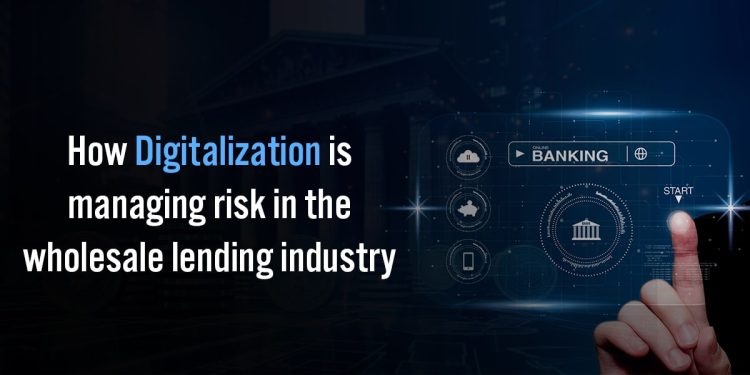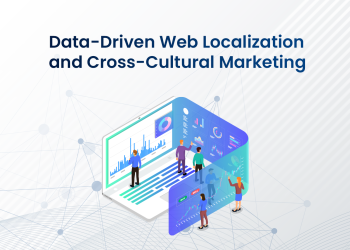The wholesale finance industry, also known as floor plan lending, is unique in the wider finance space, involving a revolving line of credit where each collateralized asset is a unique loan involving a supplier and dealer. As a result, wholesale finance presents different challenges to other forms of secured loans, with higher perceived risk. However, one of the biggest and most overarching issues facing wholesale lenders today is technology. Aging technology is not only preventing lenders from solving these issues, but also may be the cause.
Many companies still run outdated in-house systems, and for reasons which are understandable; the cost and time invested in building the infrastructure, maintaining it and training teams to use these systems should not be understated. There is also comfort in familiarity, and the perceived risk is lower as it is easier to trust technology that has been a core part of operations over many years. However, a wholesale lender needs in-depth knowledge of their collateral, such as the location, the status, the age, and the condition, which can be hard to achieve without the right technology. The lack of technology in the wholesale lending space is making lenders in other areas of finance shy away from a potentially lucrative market, as the level of insight required is too high to risk.
Building a more modern in-house solution can be expensive and take a long time. The upfront costs often drive lenders away from the idea of upgrading their technology, as well as the ongoing IT costs and software licenses. Furthermore, with an on-premise solution, lenders also must ensure that data is backed-up and stored in a way that is compliant, and that the computers supplied to their teams can meet the demands of the software used.
Whilst there are still some fears around updating technology, wholesale lenders are beginning to migrate to SaaS environments. Lenders are becoming increasingly aware of the role that technology can play in their business, and research by PwC found that 69% of the US executives surveyed believe that capitalizing on digital transformation is key to growth. Businesses seek solutions that offer a hands-off approach, where development, maintenance and updates are taken care of externally. SaaS-deployed cloud-based solutions solve the issue of needing high-spec computers, and data is always stored safely and securely, even during power outages.
Current technology is mandatory as a wholesale finance lender because without it, risk is high. It is essential that lenders can effectively mitigate risk when dealing with loans collateralized by inventory being sold with a system that is built specifically for the nuances of wholesale finance. Wholesale finance is not like other traditional forms of finance, where after the line of credit is created, it can be left without much input to create profit. A wholesale lender will be required to set up a credit line, and then create a separate loan for every asset financed. Stringent monitoring is vital to ensure nothing slips through the net, something which many lenders do not have the time or resources to do without the support of efficient technology.
Without the right technology platform, auditing can prove to be a laborious task, as it is resource-intensive and does not allow any room for human error. The COVID-19 pandemic accelerated changes in the audit process, as dealers moved to self-auditing. This meant that software that allowed dealers to do this became a requirement. With a handheld device such as a phone or tablet and the right software, auditors can carry out this task and send the results instantaneously, rather than relying on mailing them out. Lenders can also save money by delaying the audit cycle of a dealer if there is a low perceived risk. Flexible technology is a huge benefit in the wholesale industry, as it offers lenders the ability to configure the interest rate based on the level of current risk, which is decided through the risk profile.
In addition, powerful technology can enable lenders to integrate with all the major audit providers in North America. With finance technology, lenders can integrate their system not only with audit providers, but also with over 95% of auction houses in the US, so there is no delay between buying the product and recording it on the system. As assets are always on the system and up to date, the overall audit process becomes much simpler and more accurate.
Every asset financed or company requiring finance offers its own level of risk for lenders, so managing a large number of assets requires a strong level of risk management. The right technology solutions allow for the risk profile of a company to be dropped into the system and monitor the inventory, automating alerts if attention is needed. This allows lenders to focus on exceptions, relieving the pressure of monitoring every stage in an asset’s lifecycle closely. Lenders also have the ability to drop scoring models into their software systems, which can be integrated into the risk profile. In addition, access to technology that can be molded based on the current climate and status of contracts can have a direct impact on the success of a company. There are many day-to-day processes that carry risk that can be automated, and with the right solutions, the backend is taken care of externally so attention can be focused fully on managing assets.
Choosing a technology solution that addresses the challenges that come with mitigating risk can seem daunting. SaaS used to be an expensive option, which was a barrier for entry to lenders. Now, there are software solutions available which determine cost by usage. Be it a startup or a multi-national group, SaaS can be a great way to integrate tech into the organization. If a lender works in both wholesale and retail, the right technology platform should also integrate with the retail system to keep money in one ecosystem.
Mitigating risk in wholesale finance is much easier now than it was when technology was not as readily available. Now, technology can automate the loan process, requiring much less involvement and paperwork, and more stringent collateral management and monitoring. Electronic onboarding and online payments through a dealer portal are expected by clients, so should be a part of all lender’s technology solutions. By upgrading to a modern SaaS solution, lenders can expand their business to new levels.








